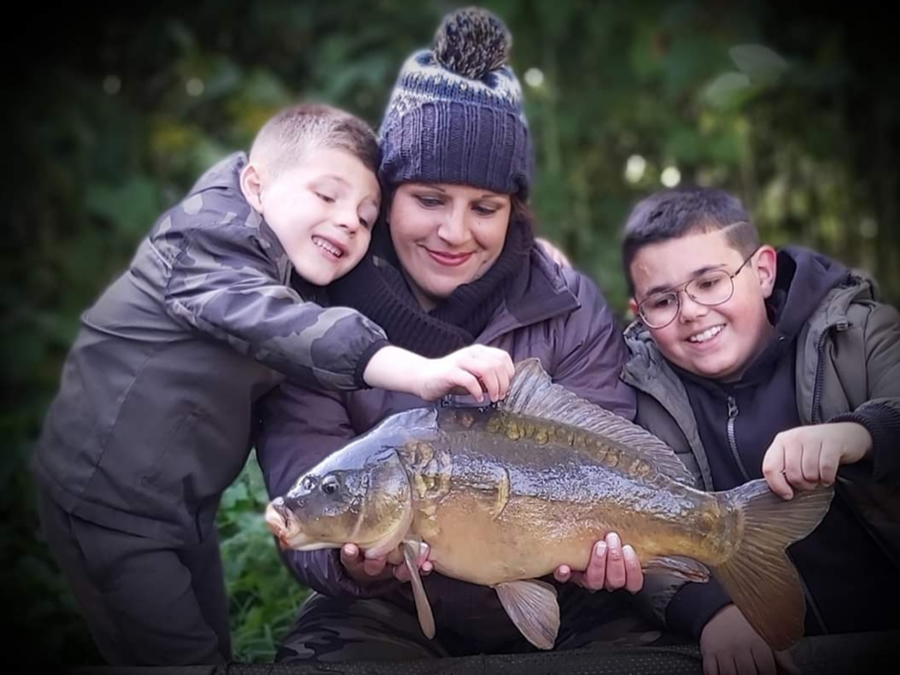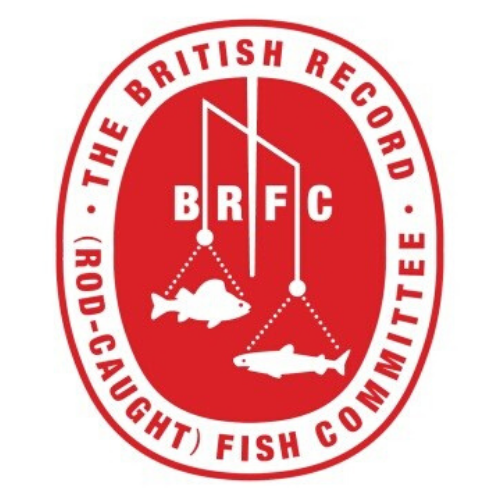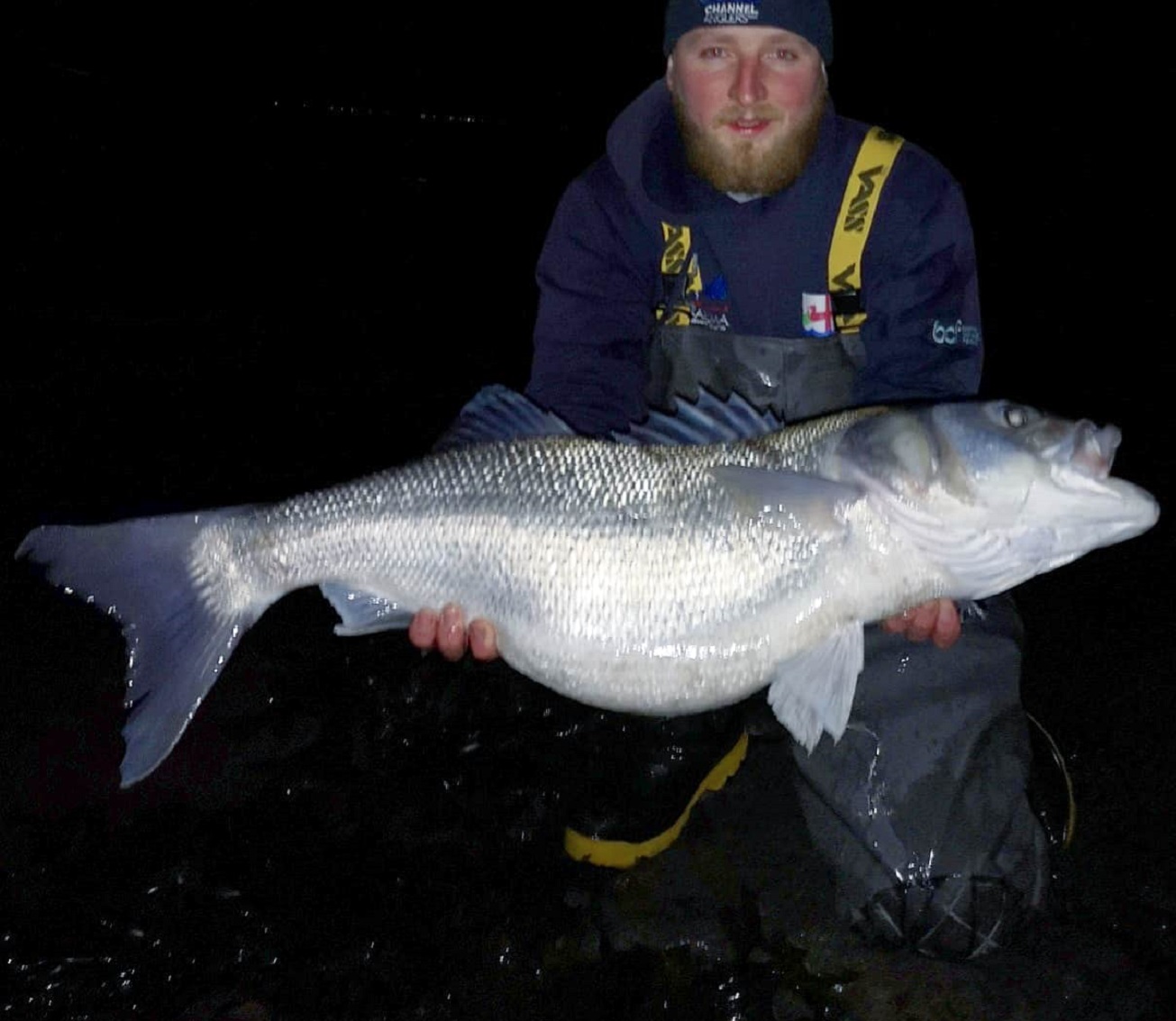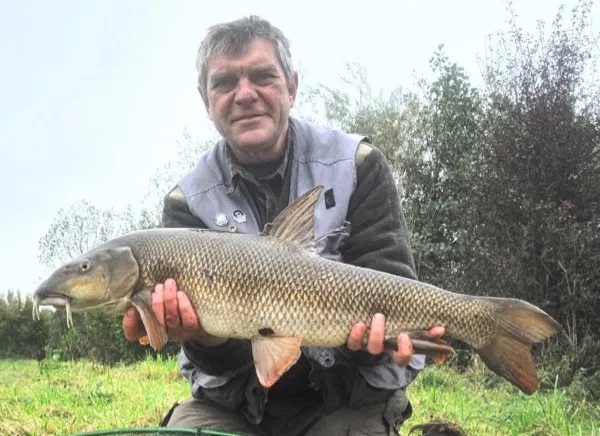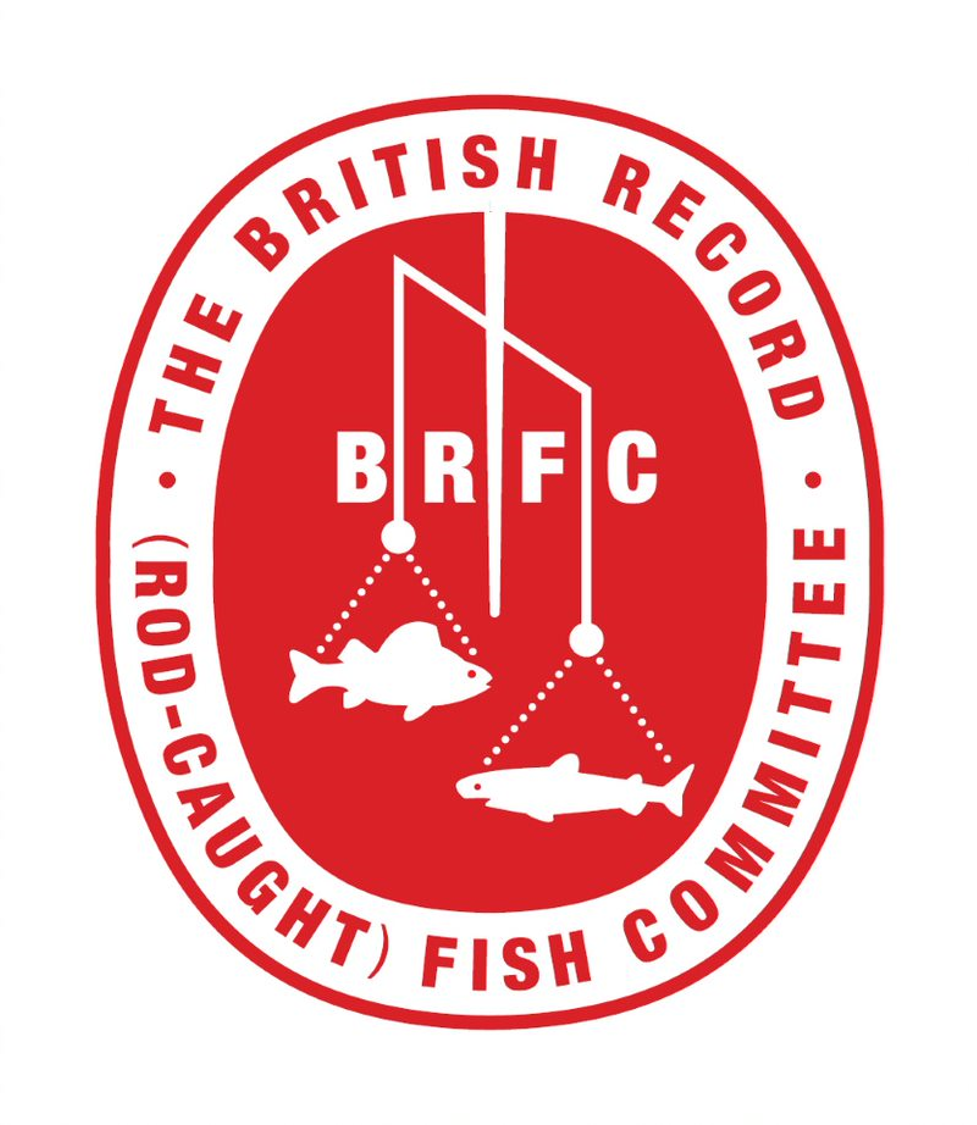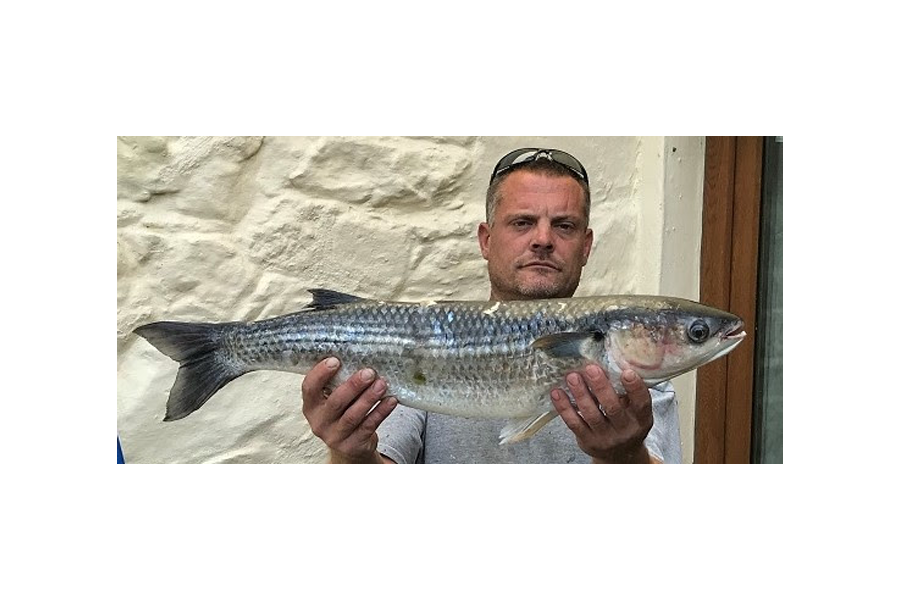British Record Fish
Aims and Objectives
The Committee exists to recognise and publish record weights of both fresh and salt water fish caught on rod and line by fair angling methods in the waters of England, Wales, Scotland, Northern Ireland and the Channel Islands, and aims:
- To provide an adjudicating body to which marine and freshwater anglers may submit claims for record fish taken by fair rod and line angling.
- To investigate all such record claims to the fullest possible extent and maintain a permanent record of such investigations.
- To establish and maintain accurately a list of British fish, marine and freshwater, of record size and to publish this list frequently and make it readily available to all interested persons.
The activities of the Committee are voluntary, and claims are considered and adjudicated upon, only on the basis that the Committee shall be under no obligation whatsoever to claimants, that its decisions shall be final, and it shall not be obliged to give reasons for its decisions.
BRFC COMMITTEE MEMBERS – December 2023
Mr Stephen Mardlin MBE – Chairman
Mr Nick Simmonds – Secretary
Mr Oliver Crimmen – Scientific Advisor (Marine Fish) Natural History Museum
Mr James Maclaine – Scientific Advisor (Marine Fish) Natural History Museum
Mr Nigel Hewlett – Scientific Advisor (Freshwater Fish) Environment Agency
Mr Andy Nellist – Freshwater specialist
Mr David Craig – Marine specialist and Ireland rep.
Mr Richard Poole – Marine specialist and Wales rep.
Mr Tim Froome – Marine specialist and Channel Islands rep.
Mr Paul Coulson – Freshwater specialist
Mr Andrew Dugdale – Marine specialist and Isle of Man rep.
Mr Will Barnard – Freshwater specialist
Mr Mat Mander – Marine specialist
Mr Paul Edwards – Wales Freshwater representative
Dr Phill Williams – Marine specialist
Current record listings from the © British Record (rod-caught) Fish Committee can be downloaded here.
What to do if you think you've caught a record fish
BRFC introduce new sea fish records by measurement instead of weight
With immediate effect, the British Record (rod-caught) Fish Committee (BRFC) is to introduce new record listings by measurement instead of weight for sea fish caught from the shore or from a boat.
The listings will record the length of the fish, with the exception of skate and rays in which case the listing will record the width of the fish from wingtip to wingtip. Please refer to item 4 of the measuring protocol below.
The mini species list, which records species with record weights of less than one pound, is not affected by this announcement.
The primary reason for the introduction of these new length records is to promote catch and release of sea fish. Boat caught records have always required the fish to be weighed on land which in most cases meant the fish had to be killed in order to claim the record.
The existing weight records for boat caught sea fish will, with immediate effect, be frozen and the existing weight records will be kept on the list for historical purposes.
The weight-based listing for shore-caught sea fish will remain, with the exception of Bluefin Tuna and the larger Shark species (Blue, Mako, Porbeagle, Six Gilled and Thresher) for which only one length record will be maintained for both Shore and Boat. So captors of potential record shore-caught sea fish may make a claim for either the weight-based or measurement-based record, or both.
The committee has set minimum length or width criteria for many species and a list of these can be found on the Angling Trust website here. The list will be updated from time to time on the website and the minimum criteria for a species may go up or down depending on the number of record claims received for that species.
There will be an open period for initial claims from now until 31 May 2025. In June 2025 the committee will then meet to consider all length claims and award the initial length records to the largest authenticated claim for each species received by the committee up to and including 31 May 2025.
The committee would like to make it clear that where a species new to the UK is captured it can be helpful for research purposes if such specimens are retained, frozen and sent to the BRFC fish identification expert at the Natural History Museum.
Catch and release does make it harder to make a positive identification of some species. Guidance as to which features to photograph in respect to each species will be published here shortly and will be easy to access using a smart phone.
Protocol for Measuring Fish for Length-Based Records:
1. The entire measuring process must be filmed clearly using a mobile phone or other digital device. The film needs to provide clear evidence of how the fish was measured and the length/width obtained.
2. The length should be measured by placing the fish on a measure (ideally damp and made of a soft material or plastic)..The fish should also be filmed with the tape measure lying on top of it or next to it to avoid any suggestion of the tape having been folded when under the fish during measuring.
3. For Bluefin Tuna and the larger shark Species (Blue, Mako, Porbeagle, Six Gilled and Thresher) there will be only one combined record for boat- and shore-caught fish and the fish must be measured and released without removing it from the water. For boat caught fish the length of the fish can be determined by drawing it alongside a measure on the side of the boat or by marking the position of the snout and tip of the tail on the side of the boat and then measuring the shortest distance between the two marks. This whole measuring process must be filmed. In respect of these species, claims will not be accepted for fish that are:
a) brought onboard a boat;
b) landed on the shore; or
c) where it is clear that the fish was significantly harmed during the measuring process.
4. Other than for skate and ray species, the measurement taken should be from the tip of the snout or mouth to the tip of the tail. For skate and ray species the measurement should be taken from wing tip to wing tip. For Skate, the length of the fish must also be measured and shown in the video evidence.
5. The length or width recorded will be rounded down to the nearest whole single centimetre. For species that have to be measured in the water the length will be rounded down to the nearest multiple of 10cm.
6. If there is a witness to the measurement they will need to provide written confirmation of the length recorded on a standard form provided by the BRFC.
7. If there is no witness to the measuring the captor will be required to complete an affidavit using a draft affidavit provided by the BRFC confirming the length recorded in addition to providing clear film evidence of the entire measuring process.
8. To aid species identification the distinguishing features of the fish should be filmed or photographed, typically including colouration, mouth, eyes, head, fins, relative position of the fins, lateral line etc.
9. It is the captor’s responsibility to ensure that they obtain sufficient film evidence of the measurement of the length and/or width of the fish.


